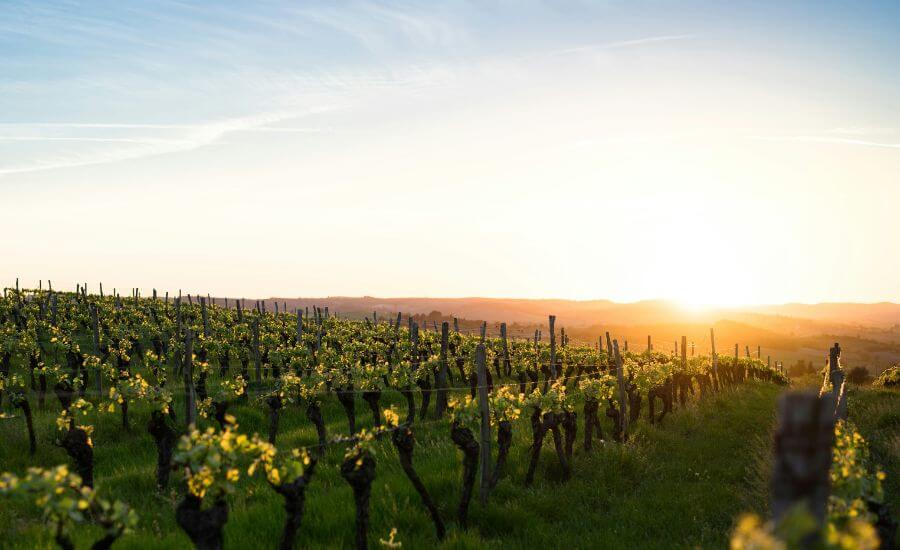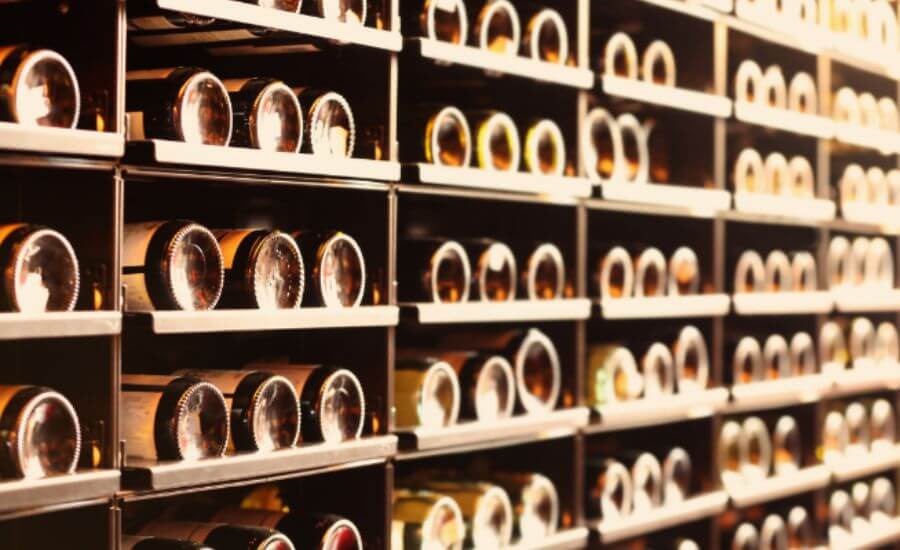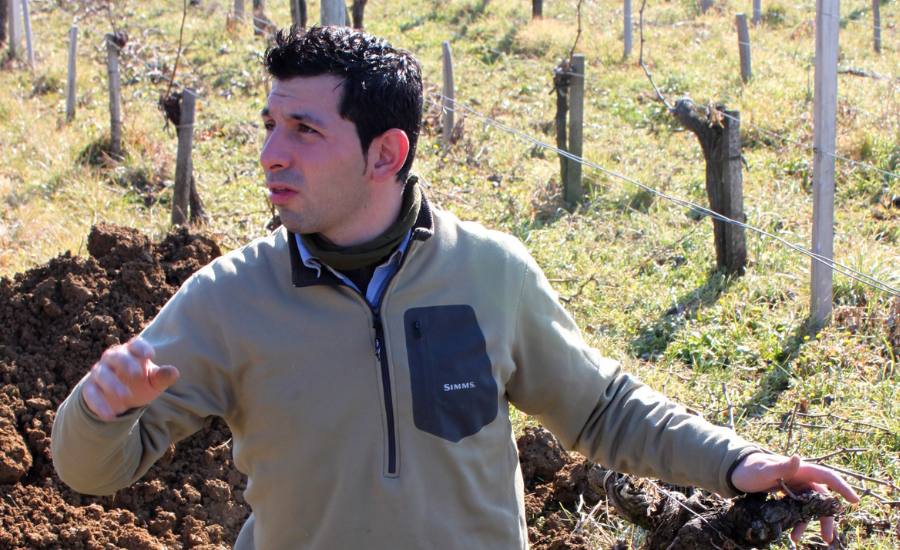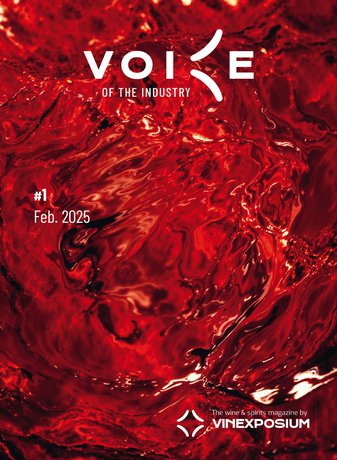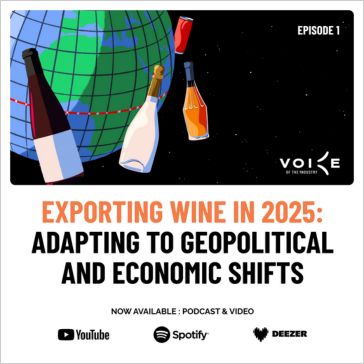How the Boundaries of Winegrowing are Shifting
Climate change is encouraging many winegrowers to plant vineyards in new regions to produce wine. We met some of these new winegrowers in Brittany and in Creuse, central France, who are establishing new frontiers for viticulture.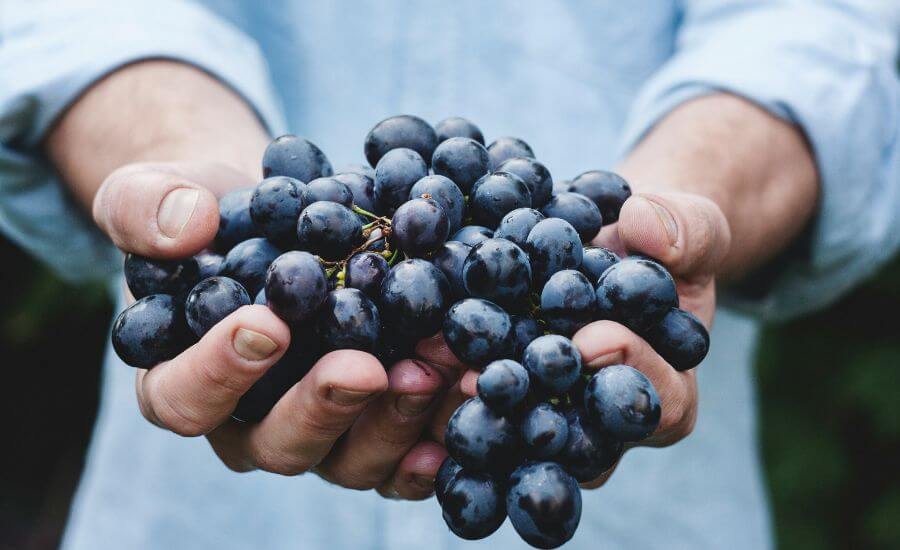
You may not know this but on 30 December 2015 a silent, stealth revolution quietly took the French wine world by storm. Law number 2015-1903 was a game-changer in terms of “management of wine production potential” in France. In practical terms, it paved the way for anyone who wanted to plant vines in areas not previously earmarked for vineyards – or former wine regions – to do so and to market the resultant wines.
Since then, many have experimented with vineyards in their home regions, some of them in their own gardens! Nolwenn Runigo and Roland Conq are among them. Born in Brittany and passionate about natural wines, they were certainly not destined to grow vines. She was a social worker and he was a musician when in 2016 they decided to start out by buying grapes to secure the funds needed to plant a 1.2-hectare vineyard along the coast. With the 2023 vintage, they began making wine from some of their own grapes from Morbihan, near Lorient. Their approach is driven more by political and social issues than economic motivations because the cost of a hectare of vines in Brittany, especially along the coast – once the land has been bought and the vines planted and trained – is far superior to prices of existing vineyards in neighbouring Loire-Atlantique. But that’s irrelevant because their plan is to make wine here, in their home region. Using an online geological portal, they were able to find their ideal land with its granite, clay, silt and even limestone soils, on slopes surrounded by vegetation to meet their agro-forestry criteria – this type of site is a pretty tall order in Brittany.
Beforehand, you were allowed to produce wine for your own personal consumption, but in 2016 a new law authorised sales. This proved to be a paradigm shift for Breton winegrowing, and enabled producers to become professional. At local level, Runigo and Conq’s project piqued people’s curiosity, but it did not garner any particular support. They received no financial aid to get started. “There is a lack of knowledge because this is a region where winegrowing fell into oblivion for a few centuries. So we had to turn to Loire-Atlantique for all our questions, particularly regarding customs issues”.
In Brittany, a number of options are being explored – some winegrowers turn to hybrid varieties, hoping for better resistance to disease, whilst others focus on the so-called ‘noble’ cultivars like Pinot noir and Chardonnay. Then there is Runigo and Conq’s example – they chose to plant grape varieties that the public is less familiar with and are more Atlantic in nature. These include Pineau d’Aunis, Grolleau gris and noir. As they do not have to comply with production specifications and appellation rules, they were also allowed to plant Alvarinho, an ancient grape variety from Galicia, for experimental purposes. Recently, they also came across pre-phylloxera vines in the village. They do not know where they came from, nor their exact identity, but they hope to be able to replant these heirloom varieties that are suited to the Breton climate which, it turns out, is not as bad as everyone says it is.
42 year-old Xavier Marchais used to be a winegrower in Anjou, from 2011 to 2021, before moving to the rural, hilly Creuse region in the Massif Central. He too felt the need to up sticks and start from scratch. He also wanted to venture into mixed farming, mostly rearing sheep and lambs and selling the meat and the wool alongside his wine business. “This is important to me because climate change is becoming increasingly tangible. We experienced some very challenging years with frost in 2016 and 2017 in Anjou, and we have no idea how things will pan out in the future. I think that mixed farming is a solution that is suited to the challenges we may encounter, and it also gives you another perspective of the land. You don’t see things in the same way when you prepare a meadow for ewes or grow vines there”. In 2021, he also opted to buy fruit to get started until he could harvest his own grapes in 2023 – his crop totalled 800 litres from his Creuse grape varieties grown in one of the oldest existing vineyard blocks in the region. The real estate aspect was also a decisive factor in his decision to move away from long-standing wine regions. He feels that the well-known areas have over time become inaccessible for young people who want to start up a business. Working without the safety net of chemicals, both in the vineyard and the winery, he is taking a major financial gamble and therefore it would be impossible for him to bear the extra cost of taking on debt to buy land. “It is not just the cost – access itself to land suitable for vineyards has become complicated. You have to be a member of the inner circle to be eligible to buy land in Burgundy or Champagne, for example, although this is a problem that is inherent to the farming industry in general, not just winegrowing”.
In the Creuse region, agricultural buildings are in plentiful supply at affordable prices, mainly due to the rural exodus that drove many of the local residents away several decades ago. “At that time, people had to go to Paris – if they stayed here, they felt that they had failed”. But things change and the hamlet where Xavier Marchais lives, which was totally empty in 2010, is gradually being populated once more – three houses are now lived in, perhaps soon to be followed by a fourth. As there were no existing vineyards, he chose to plant vines when he arrived in 2020, but nevertheless made the kind of mistakes you make when you are unfamiliar with the region and its soils. He initially planted vines on hillsides, due South, before realising that a series of droughts and heatwaves were seriously weakening his vines due to lack of water. So now he plants on the cooler, North-facing slopes to avoid irrigating the vines, which nearly a quarter of French vineyards now have to do. To avert issues with water shortages, he has also chosen to plant his vines using high training techniques akin to the pergola system, which also means that his sheep can graze all year round in his vineyards. Current climate conditions have made Creuse an area conducive to producing fresh wines. “This is the Massif Central region, a tried and tested area for growing vines”. He could apply for the New Aquitaine appellation for his wines, but as there are only two winegrowers across the entire region, the potential is limited. “Several projects aimed at starting farms are currently in the pipeline with people who, like us, have begun to plant a few vines. There is momentum and lots of new farming projects are being rolled out across France”.
For Nolwenn, Roland and Xavier, the 2016 law brings welcome diversification of French vineyard sites, but also hope. The intention is that the mistakes of the past will not be repeated in the French farming industry. Vineyards need to be viewed differently, as do the soils and the techniques. They believe vines should no longer be seen as a single crop, where the soils are compacted and depleted of nutrients, but as part of a holistic approach favouring manual techniques, mulch in the vineyards and biodiversity. Xavier Marchais feels that the boundaries should be pushed even further and more grape varieties than those currently permitted – around a hundred winegrape varieties are now authorised, compared with 35 in 2016 – should be introduced, following the example set by less restrictive neighbouring countries. “It is essential to understand that over the next 50 to 70 years, with 2 or 3°C more, there are regions where it will no longer be possible to grow vines. So we need to adapt now because vines are plants that need a lot of forward planning. What we plant today is not really for us but for future generations. Planting vines in England, northern France or Brittany now makes a lot of sense”.
By Valentin Le Cron

